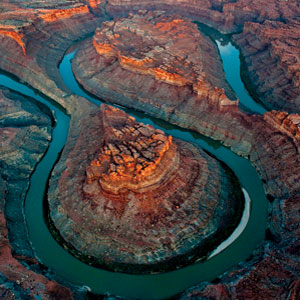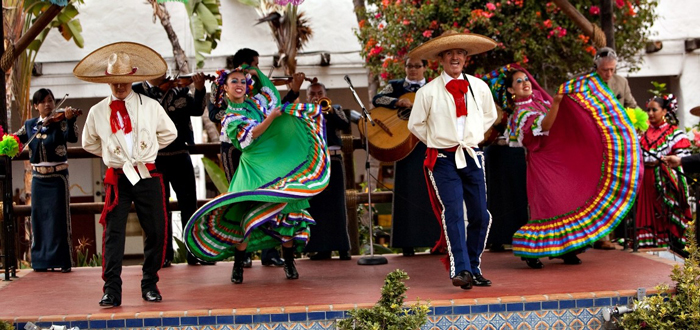In a sense, photographer Pete McBride has been preparing to make Chasing Water all his life. He grew up in Colorado working hay fields irrigated by the snowmelt that carved the Grand Canyon and slaked the thirst of the Southwest.
“I often used to think about water,” he says in the film. “I wondered how much went into our fields and how much returned to the creek. … I wondered how long it would take irrigation water to reach the sea.”
His 18-minute documentary, judged the Best Short Mountain Film of the 2011 Banff Film Festival and screening on March 10 in Los Altos , didn’t begin as a film at all. “This started as a magazine assignment for the now-defunct National Geographic Adventure,” McBride explains. The original idea was to shoot writer Jonathan Waterman’s paddling trip down the length of the Colorado River. “Then I was like, ‘This is too dear to my heart,’ and I thought maybe we could get a book, and then sponsors showed up.”
In fact two books resulted from the project, Waterman’s Running Dry and the McBride/Waterman collaboration The Colorado River: Flowing Through Conflict. While taking aerial footage for the book, McBride shot some HD video. McBride also connected with film editor Anson Fogel, who got him busy shooting more footage and insisted on a key approach.
“Anson really pushed me: You have to be in your own film,” McBride says. “I said, ‘No way. Gives me the heebie jeebies. I’ll be a voice. I’ll be a narrator.’ He helped drive that.”
McBride’s narration provides the link between individual human experience and the grandeur of the subject matter. Shot largely from overhead, Chasing Water follows the Colorado’s progression as it flows southwest from its mountain headwaters through the Grand Canyon and Southern California toward its ignominious end in the Mexican desert, drained by the dishwashers and toilets of 30 million people and 3.5 million acres of farmland. The vantage point gives the piece a cerebral aspect: there’s nothing like an aerial view to show the cold logic of dams and canals, and the 100-foot “bathtub rings” around Lake Powell serve as a grim reminder that the water demands of the Southwest far exceed its diminishing supply.
Chasing Water succeeds as art rather than lesson because of its remarkable beauty and its impact. When McBride as cameraman deplanes, leaving behind lyrical views of the turquoise river meandering through red sandstone to meet up with the kayak-bound Waterman in what McBride calls “the frappuccino pit” in the Delta, it’s like a kick in the gut. Even the fearsome machinery of the Hoover Dam is easier to contemplate than this lazily foaming sludge of agricultural effluent and sewage found at the graveyard of the Colorado River.
Chasing Water shows as part of the Banff Mountain Film Festival on March 10 at Los Altos High School’s Eagle Theater.

 Best Bites: San Pedro Square Market
Best Bites: San Pedro Square Market  Blood Sausage
Blood Sausage 









